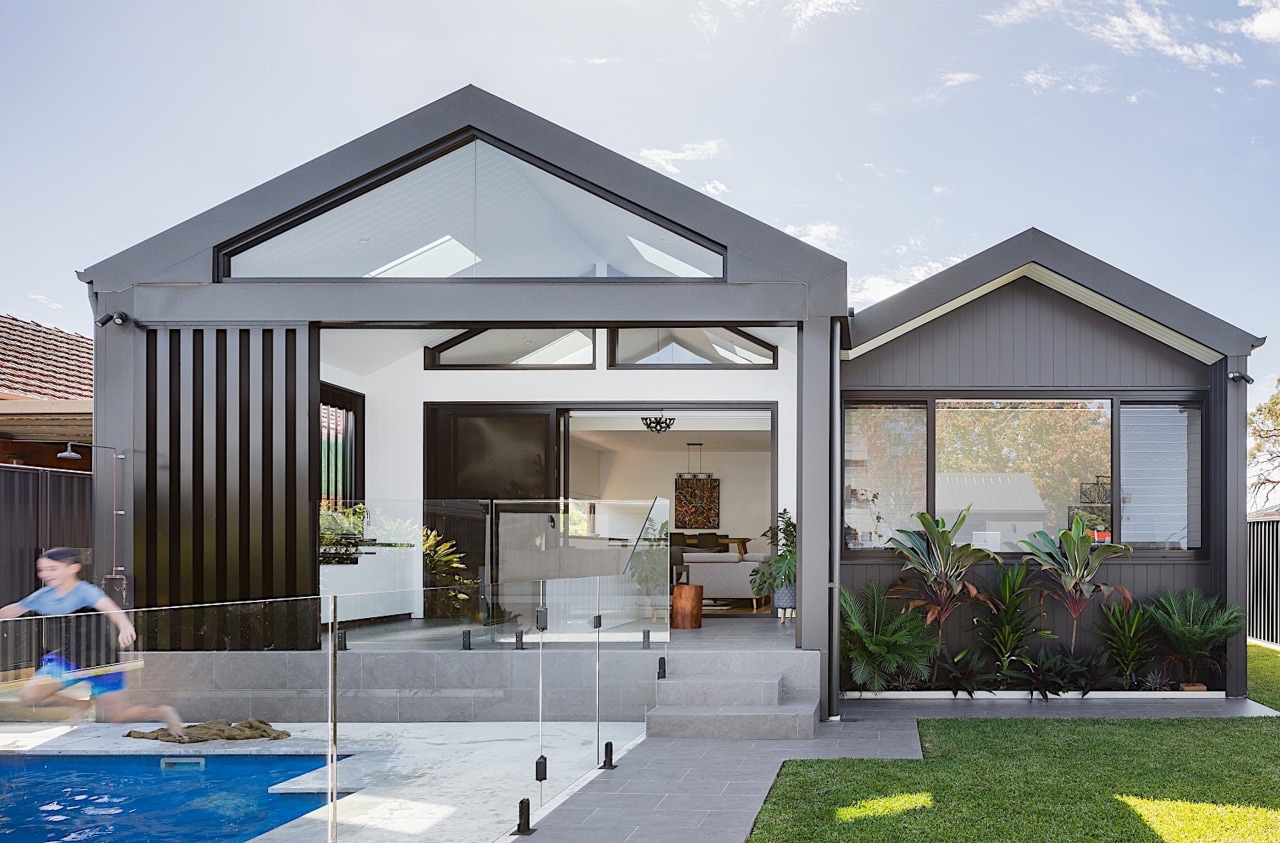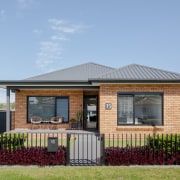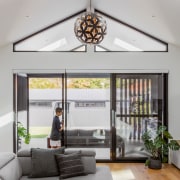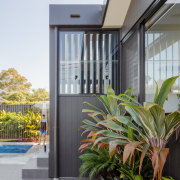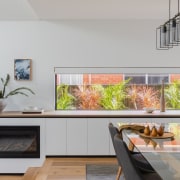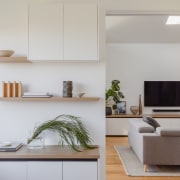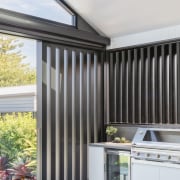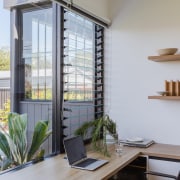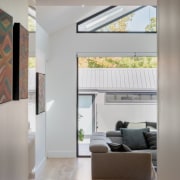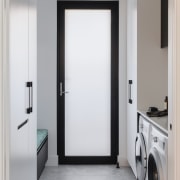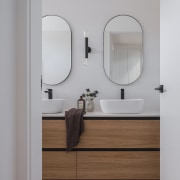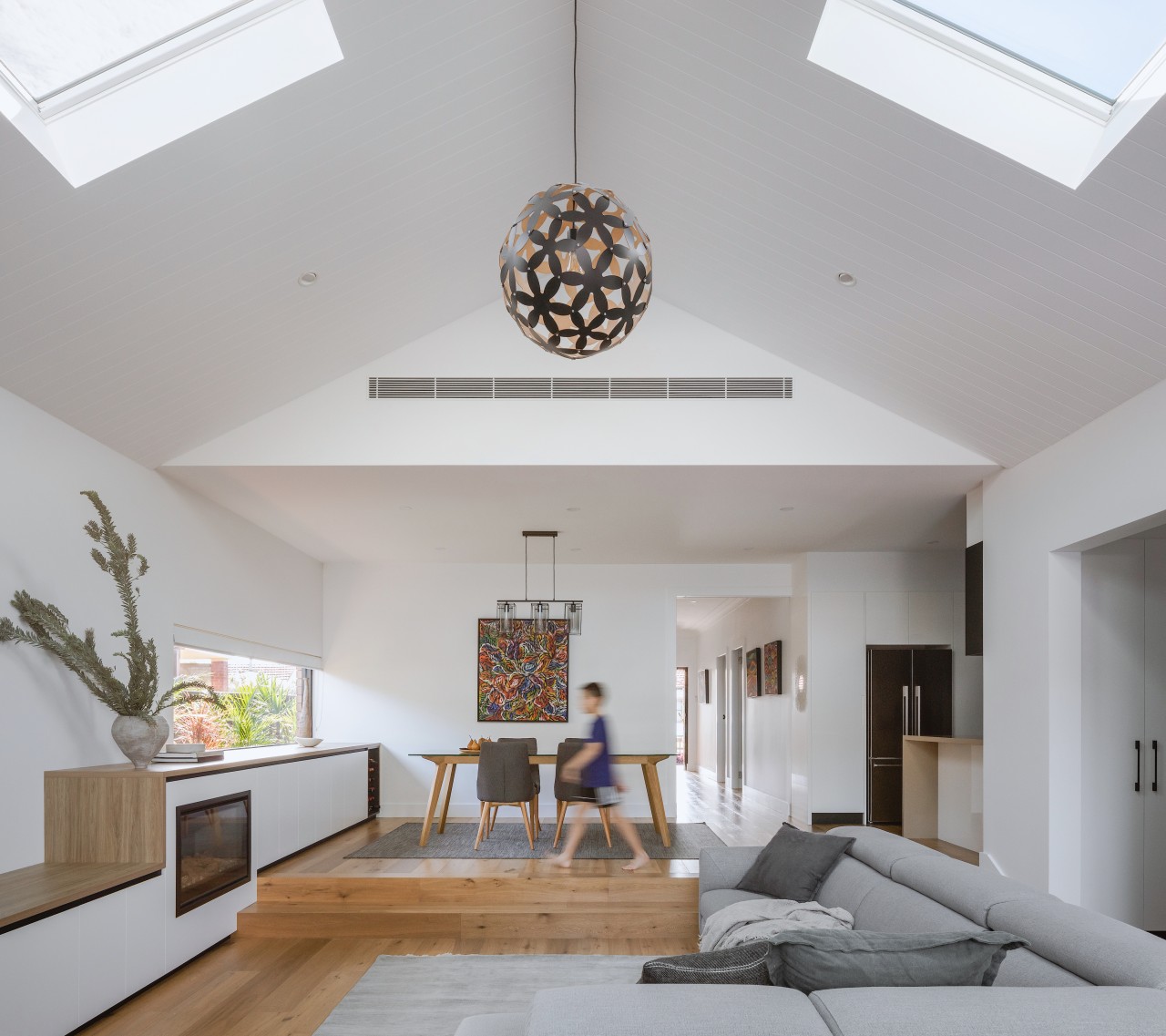A conduit for togetherness
This home is expanded to facilitate an open and engaging residential experience, melding both old and new within the one generous site
Renovation by Luke Carter, Sandbox Studio
From the renovating architect:
Positioned as a conduit for family and togetherness, this home is expanded to facilitate an open and engaging residential experience, melding both old and new within the one generous site.
Taking references from the existing formal silhouette and materiality already in place, the focus became on extruding the original form while imbedding new principles of increased scale and openness throughout.
Binding the interior to the larger landscape was also key, driving clear visual connections between inside and out and allowing the functions of the home to spill out into dedicated outdoor entertaining areas.
The home celebrates coming together and is dotted with moments of compression and release to align with varying levels of passive or active animation, retaining the familiar intimacy of home.
The project
Tucked into its residential surrounds, the home needed to retain its roots as a warm and inviting family home – while also sculpting a new personal expression.
Remaining congenial and approachable were core directives throughout, continuing a similar textural approach to finishes and materiality between old and new, and overlaying a sense of cohesion in the process.
Although the addition sits in behind the original, from the front its presence isn’t felt.
However, along the side of the home and once inside, an emphasised overall increased scale becomes apparent.
Taking formation within a pair of gabled roof peaks to the rear, the same angle as the original roof sits replicated with heightened refinement and precision.
Defined by its crisp and newly cloaked outer layer, the dark addition deliberately sits in contrast to the existing.
While the original raw brick home is a common site in the Australian residential landscape, proposing ways to integrate these typologies within a more contemporary capture of how homes are occupied was key.
Marking a distinction of change, the new dark metal form sits apart from the old yet respectfully aligned in terms of overall scale and volume.
Wanting to better activate the site at large and create more meaningful connections between inside and out, the focus turns to the landscape and the addition being the conduit between the old and new.
Responding to context, both within the site itself and to the surrounding neighbourhood at large, remained an important driver of the new works.
Wanting to ensure a relevant connection to the existing scale and style of homes already in place, the materiality and overall form was approached with restraint.
The shared living, dining and kitchen zone to the rear reflects a more open living environment, with increased openings and glazing to bring more natural light into the home.
Through enhancing an openness between the threshold of inside and out, the interior becomes more grounded in place.
On its corner allotment, the home acknowledges its presence, taking a balanced approach between old and new.
While the transition is marked by a finish and tonal change, a continuation of form prevails.
While contained, the interior feels markedly more open, both internally through an enhanced scale, and leading outward.
Sitting as its own shadow of sorts behind the original, the dark addition is intentionally recessive, yet reflective of contemporary life.
The boldness of the new is countered by the warm texture of the original.
Questions and answers
What was the essential brief?The owners wanted to create a relaxing family home that would facilitate entertaining of family and friends.
What were the key challenges?The key challenges related to the integration of the new work with the existing, and retaining the existing kitchen and front rooms of the house. Another challenge was the fall of the land towards the rear.
What were the solutions?The solution to integrate the new work to the existing was through functional planning, as well as selecting a neutral internal palette to create a seamless connection.
For the exterior, a bold charcoal-grey cladding was used to clearly express the new portion of the house while retaining the existing brickwork towards the front.
The solution to the fall of the land was to include an internal split-level from the kitchen/dining area down into the living area, as well as landscaped steps down from the outdoor kitchen to the pool/garden level.
Home kitchen bathroom commercial design
Walk this way – garden pathways to lead your thinking
From farmhouse to farmstead
Bigger or smaller?
